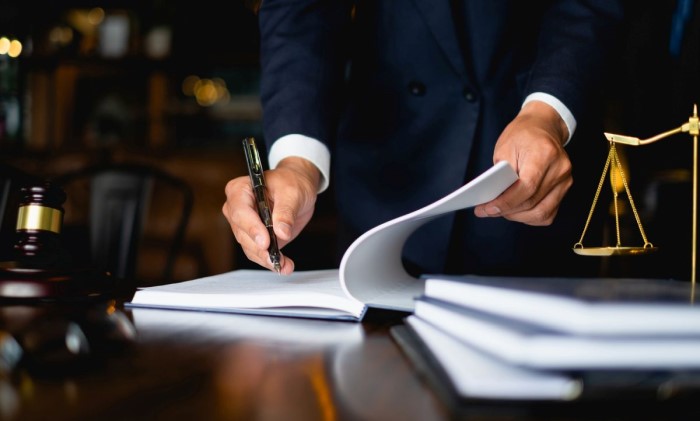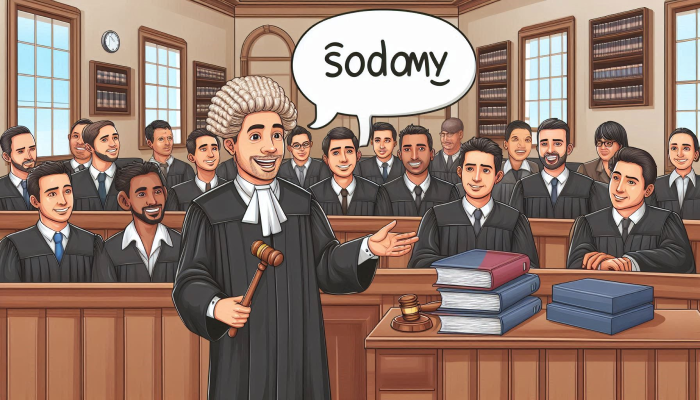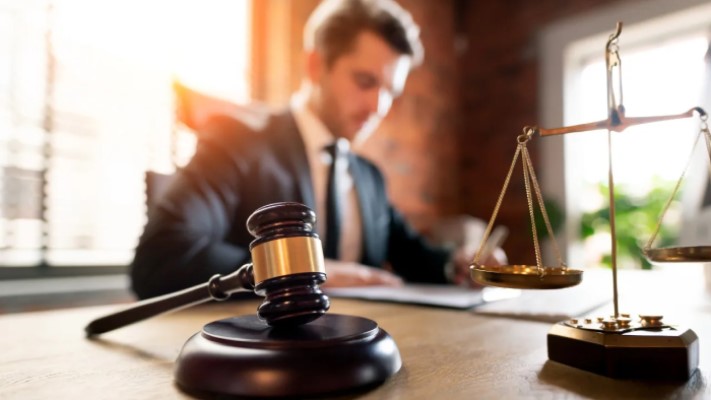Slip and fall accidents are a significant concern for our elderly population. As individuals age, their mobility and balance can deteriorate, making them more susceptible to such accidents. In this article, we explore effective strategies to protect our seniors and prevent slip and fall incidents.
Slip and fall accidents refer to incidents where an individual loses their balance and falls due to slippery surfaces, tripping hazards, or other environmental factors. These accidents can happen anywhere, but common locations include homes, grocery stores, and sidewalks. According to the CDC, millions of older adults—those 65 and older—fall each year. In fact, one out of four elderly people falls annually, but less than half inform their doctor. Shocking, right?
Types of Slip and Fall Accidents
Understanding the different types of slip and fall accidents can help us prevent them.
Wet and Slippery Surfaces: Think about that freshly mopped floor or a spill that wasn’t cleaned up. These can turn into dangerous slip zones.
Tripping Hazards: Ever caught your foot on a loose rug or an uneven sidewalk? Such minor oversights can cause significant harm.
Uneven Surfaces: Broken tiles, cracked pavements, and uneven flooring are common culprits.
Poor Lighting Conditions: Dimly lit areas make it hard to see potential hazards, increasing the risk of a fall.
Symptoms and Signs of Injuries
Falls can result in various injuries, ranging from minor bruises to severe fractures.
Immediate Symptoms: These include pain, swelling, bruising, and difficulty moving the injured area.
Delayed Symptoms: Sometimes, symptoms like headaches, dizziness, or back pain appear hours or even days after the fall.
Serious Injuries vs. Minor Injuries: While minor injuries might include scrapes and bruises, serious injuries can involve broken bones, head trauma, or even spinal cord damage.
Psychological Impact: Beyond physical harm, falls can lead to fear and anxiety, affecting the elderly’s confidence in moving around.
Legal Aspects
Understanding the legal implications of slip and fall accidents is crucial.
Understanding Liability and Negligence: It’s important to know who is liable in case of a fall, whether it occurs in a public place or private property.
Steps to Take After a Slip and Fall Accident: Documenting the scene, seeking medical attention, and reporting the incident are essential steps.
Seeking Legal Advice: Consulting with a lawyer can help in understanding rights and seeking compensation for injuries.
Insurance and Financial Considerations
Navigating insurance and financial aspects after a fall-related injury can be challenging.
Health Insurance Coverage: It’s crucial to understand what your health insurance covers regarding fall-related injuries. Many plans cover emergency care, surgeries, and rehabilitation, but it’s essential to confirm specific details with your provider.
Navigating Medical Bills and Expenses: The aftermath of a fall can lead to significant medical bills. Understanding how to negotiate bills, set up payment plans, or seek financial assistance is vital.
Financial Assistance Programs: Programs like Medicaid, Medicare, and other state-specific initiatives can provide financial aid to those in need. It’s worth exploring these options to alleviate the financial burden.
Understanding the Risk Factors
Age-Related Decline: With advancing age, seniors may experience declines in vision, muscle strength, and coordination, increasing their vulnerability to falls.
Environmental Hazards: Uneven surfaces, inadequate lighting, and cluttered walkways pose significant risks for seniors, often leading to slip and fall accidents.
Importance of Fall Prevention Measures
Preserving Independence: By implementing proactive measures to prevent falls, we can help seniors maintain their independence and quality of life.
Reducing Healthcare Costs: Preventing slip and fall accidents can alleviate the burden on healthcare systems and reduce medical expenses associated with fall-related injuries.
Tips for Preventing Slip and Fall Accidents
Home Modifications: Ensure that homes are properly equipped with handrails, non-slip mats, and adequate lighting to minimize fall risks.
Regular Exercise: Encourage seniors to engage in strength and balance exercises to improve muscle tone and stability.
Medication Management: Review medications regularly to identify any potential side effects or interactions that may increase the risk of falls.
Empowering Seniors Through Education
Awareness Campaigns: Launch educational campaigns to raise awareness about the importance of fall prevention among seniors and their caregivers.
Community Support: Foster a supportive community environment where seniors feel comfortable seeking assistance and resources to enhance their safety.
Conclusion
As a society, it is our collective responsibility to safeguard our elderly population from the dangers of slip and fall accidents. By prioritizing preventive measures, empowering seniors through education, and fostering supportive communities, we can create safer environments and promote the well-being of our seniors for generations to come.
It’s essential for individuals, families, and communities to stay informed and take steps to protect our elderly population. Education, awareness, and implementing safety measures can make a significant difference.




